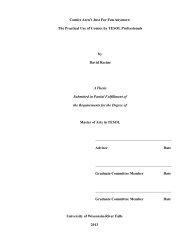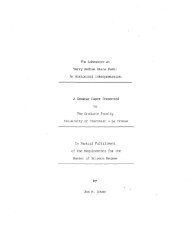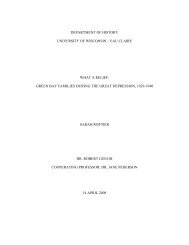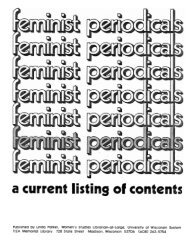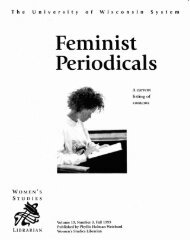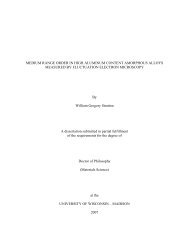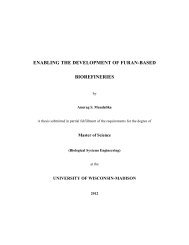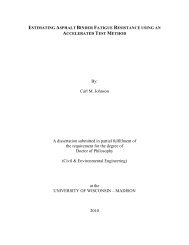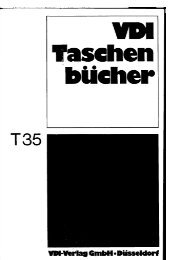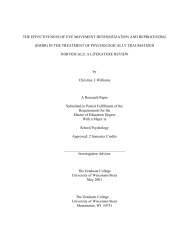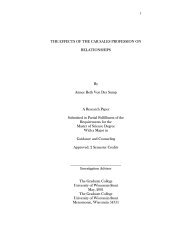RELIGION AND SPANISH COLONIALISM IN THE PHILIPPINES by ...
RELIGION AND SPANISH COLONIALISM IN THE PHILIPPINES by ...
RELIGION AND SPANISH COLONIALISM IN THE PHILIPPINES by ...
You also want an ePaper? Increase the reach of your titles
YUMPU automatically turns print PDFs into web optimized ePapers that Google loves.
separate from settlements. Various burial types (e.g. cremation, burial jars, and boat-coffins)<br />
have been used <strong>by</strong> indigenous Filipinos before the arrival of the Spanish (Dakudao 1992:133).<br />
The inclusion of burial goods with the dead, such as ceramics, tools, and jewelry, indicates ritual.<br />
Particular motifs on some of these items and the placement of burial goods within the grave may<br />
also indicate aspects of ritual. Position of the skeletons, if applicable, has been noted as well as<br />
the absence or specific placement of the skull used as a burial good. Any patterns noted among<br />
the pre-Spanish burials that are reflected in the Spanish contact burials may indicate the<br />
continuity of indigenous religion and ritual practices within the increasingly Spanish-Catholic<br />
Philippines.<br />
Many pre-Spanish burials have been excavated in the Philippines as part of<br />
archaeological research in the region of Southeast Asia. Much of the data on pre-Spanish burials<br />
used in this paper comes from these previous studies. In particular, the data from Junker‟s<br />
excavations in Tanjay (Junker 1993, 1999, 1998) have been utilized. The excavations of the<br />
Tanjay region (Figure 2) provide data on both a mass burial and what Junker has interpreted as a<br />
warrior burial (Junker1999). The mass burial at Tanjay has been suggested as a starting point for<br />
the reinterpretation of burial sites in the Philippines with a primary focus of religion and<br />
ritualism (Aure 2004). This suggestion prompted my interest in the religious climate of the<br />
Philippines during Spanish colonialism.<br />
Most of the data on Spanish contact burials comes from ethno-historic accounts of burials<br />
during the time period. Letters written <strong>by</strong> Spanish missionaries in the Philippines provide<br />
accounts of the burial practices of indigenous peoples (Arcilla 2000). Government records of the<br />
commission of cemeteries were also used to provide details of more direct Spanish influence on<br />
burial practices. Manila cemeteries, commissioned during Spanish colonialism, provide much<br />
6



